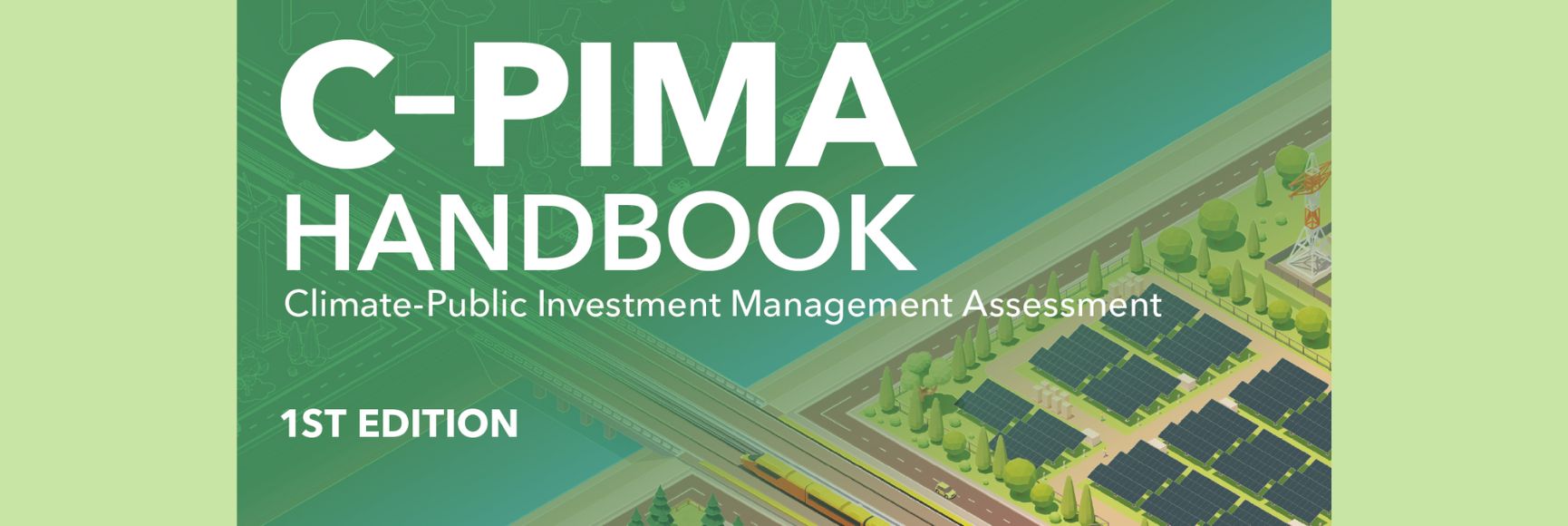
Posted by Andrew Blazey and Margaux Lelong[1]
Of the tools available to governments to pursue climate objectives, green budget tagging is gaining prominence. Tagging budget revenues and expenditures enables ministries of finance and other government agencies to determine the green credentials of a governmental budget.
Tagging is a tool that sits within “green budgeting” to provide information on the potential impacts of budget decisions on the climate and environment. It can show whether a government is making budgetary choices that contribute to the reduction of greenhouse gases and other environmental objectives, such as the Nationally Determined Contributions (NDCs) within the 2016 Paris Agreement.
A recent OECD report on Green Budget Tagging: Introductory Guidance and Principles offers a practical ‘how-to’ approach to tagging. It includes contributions from the Inter-American Development Bank, the International Monetary Fund, the United Nations Development Program and the World Bank Group. The report complements publications by each of these institutional partners.
Each institution, along with the OECD, contributes to Helsinki Principle 4 of the Coalition of Finance Ministers for Climate Action. Principle 4 refers to mainstreaming climate change mitigation and adaptation policies through macro-fiscal, budgetary and other relevant policy tools to help mitigate the adverse effects of climate change.
The OECD report contributes to Principle 4 by providing guidance on whole-of-government approaches that integrate climate considerations into the budget process. The OECD’s work in this area stems from launching the 2017 Paris Collaborative on Green Budgeting at the One Planet Summit, to introduce innovative tools that improve the alignment of budgets with climate and other environmental goals. This latest publication is a step forward in that direction.
However, as all good budgeteers know, new tools are rarely costless. Tagging can increase the complexity of preparing a budget, but the benefits from timely, meaningful information for decision-makers, parliament, stakeholders and citizens can outweigh the costs. Potential benefits include:
- Tagging can help identify contributions to recovery measures following the COVID-19 pandemic.
- Tagging can be integrated into countries’ existing performance-related budgeting, and monitoring and evaluation systems.
- Tagging can complement other policy tools such as regulations, which can also have significant impacts on green objectives.
The OECD and its partner institutions have drawn on lessons from country practices to compile practical guidance on how to design and implement a budget tagging system. The report also highlights features that can improve the value derived from tagging. For instance in Colombia, the government uses tagging to analyse the scope and size of climate mitigation and adaption expenditures in the budget. In Germany and Italy, expenditures that could harm the environment are also reported. France’s Green Budget provides an example of a comprehensive approach to tagging as the government tagged all expenditures in its 2021 Budget, not only those that are allocated to the environmental sector.
There is scope in many countries to integrate tagging into the budget process and into ministerial decision-making on budgets. Tagging opens new avenues for better decisions and produces new information on the composition of a budget. The OECD report recommends a three-step approach for governments to get started, namely:
- Establish a definition for “green” budgets.
- Identify the range of policy initiatives and spending measures to tag.
- Decide how the tagging system will be integrated into the government’s budget classification and chart of accounts.
Each step is required to ensure that the information produced is meaningful and relevant to national circumstances. The approach should be applied to all budget proposals. As tagging practices develop, the information generated supports fiscal reform and strategies to improve environmental policies. This OECD guidance balances the need for a structured approach with the flexibility to incorporate the specific aspects that are relevant to a country’s climate objectives and circumstances.
Hyperlinks
- Green Budget Tagging: Introductory Guidance and Principles: http://www.oecd-ilibrary.org/governance/green-budget-tagging_fe7bfcc4-en
- Helsinki Principle 4: financeministersforclimate.org/hp4-mainstream#:~:text=Key%20actions%20and%20deliverables%20under,disaster%20risk%20management%2C%20among%20others
- Coalition of Finance Ministers for Climate Action: financeministersforclimate.org/
- Paris Collaborative on Green Budgeting: oecd.org/environment/green-budgeting/
- One Planet Summit: oneplanetsummit.fr/en
- France’s Green Budget: https://blog-pfm.imf.org/pfmblog/2020/11/-frances-green-budget-for-2021-.html
[1] Public Governance Directorate, OECD, Paris, France.
Note: The posts on the IMF PFM Blog should not be reported as representing the views of the IMF. The views expressed are those of the authors and do not necessarily represent those of the IMF or IMF policy.





